By Louise Irvine
WMODA visitors will be all fired up when we reopen the museum as we are currently curating an exhibition with our fabulous rouge flambé wares. One of the stars is Bernard Moore who began experimenting with Chinese inspired high-fired reduction glazes during the 1890s. He perfected the art while working for his family’s pottery and proudly donated his first successful results to the British Museum in 1902.
Bernard Moore realized that metallic oxides, especially copper, will produce an intense red color if the kiln is starved of oxygen during the firing process. However, it was very difficult to control the coal-fired kilns and creating a reducing atmosphere with wood shavings or other combustible materials was always unpredictable.
Moore’s extensive knowledge of glaze chemistry was held in high esteem by the pottery industry and he was elected president of the English Ceramic Society in 1902. His expertise as a ceramic consultant was crucial to Royal Doulton’s commercial development of the high-fired reduction process and together they devised a reliable rouge flambé glaze which was launched at the St. Louis Exhibition of 1904.
Moore closed his family business in 1905 and established his own studio in Stoke-on-Trent where assistants decorated vases, animal models, and grotesques with a variety of experimental flambé and luster glazes. Often, gold outlines and raised turquoise enamels were added to the design.
One of his favorite vase motifs features a Japanese geisha playing cards with Mount Fuji in the background which is found on three different vases at WMODA. He also liked scenes with ships and galleons which he presented under mottled and clouded flambé glazes. Moore bought undecorated models from other factories so there is a diverse assortment of flambé designs bearing his BM monogram.
Several of Moore’s little figurines were inspired by netsuke, the toggle belt fastenings worn by Japanese men. The character known as Diakokan appears to be based on a netsuke of a masked Noh actor impersonating a god. It could represent Daikoku, one of the seven Japanese gods of good fortune.
One of the strangest figures from Bernard Moore’s studio is the Gazeka which became a fad in 1905 after the creature was created by a comic actor. A competition to visualize the Gazeka was won by the illustrator, Charles Folkard, and it appeared in Perrier advertisements, children’s toys, and various novelty items.
Moore won awards at the international exhibitions of the early 1900s but he lost much of his work during the devasting fire which ravaged the British section of the Brussels exhibition in 1910. He was patronized by Queen Mary who visited his Wolfe Street showroom with King George V during their tour of Stoke-on-Trent in 1913. Studio visitors were often disappointed to find that they could not buy the work on display as they were examples of his accomplishments.
Bernard Moore closed his studio in 1915 and worked as a consultant for many British and overseas factories until he died in 1935. Read more about Bernard Moore’s work in Aileen Dawson’s reference book which is available from the WMODA Museum Shop.
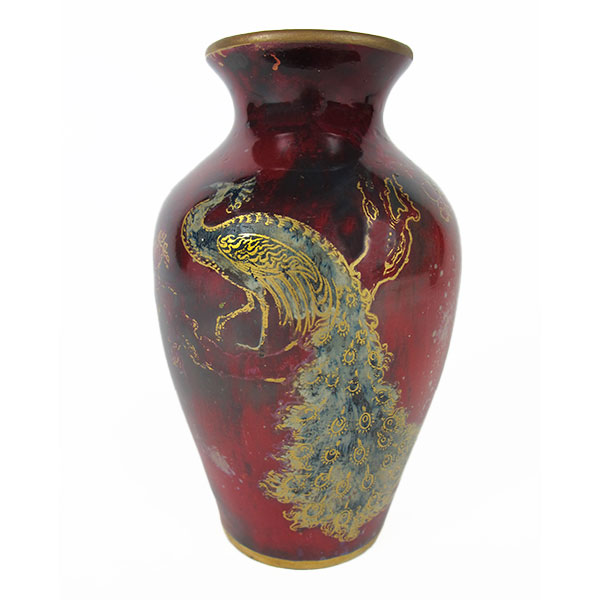
Bernard Moore Peacock
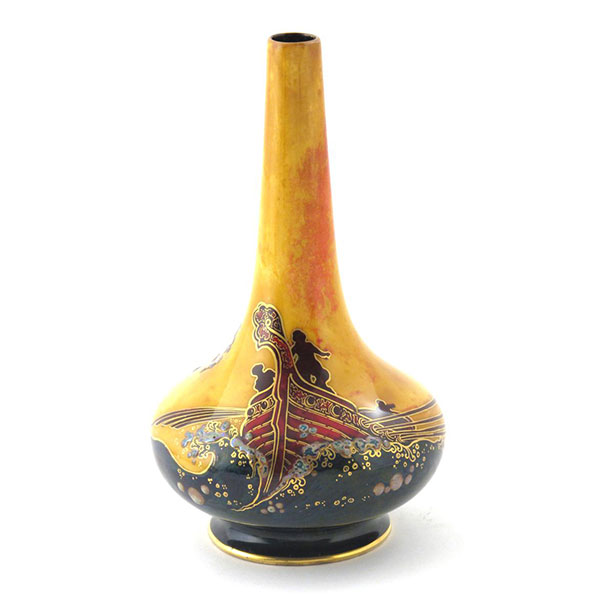
Bernard Moore Ship
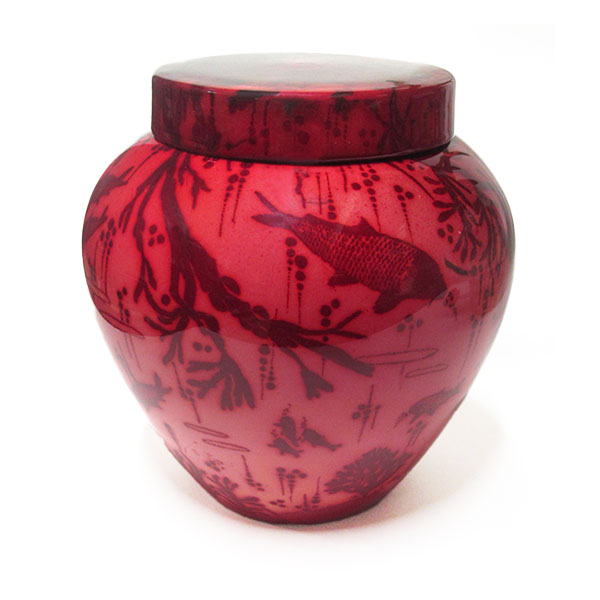
Bernard Moore Fish
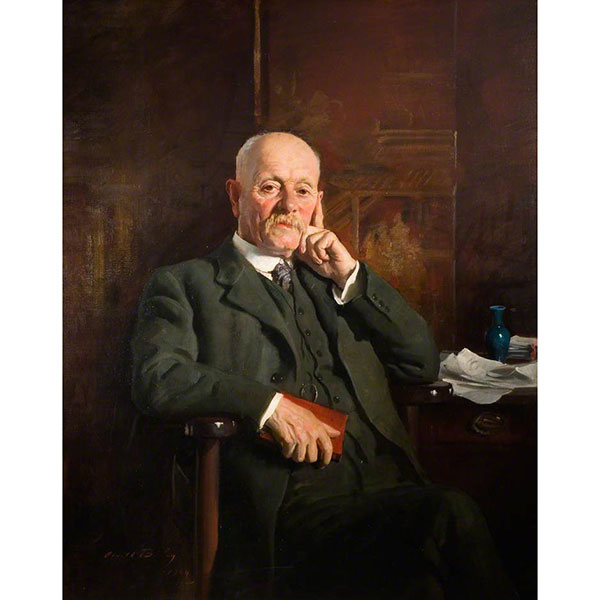
Bernard Moore
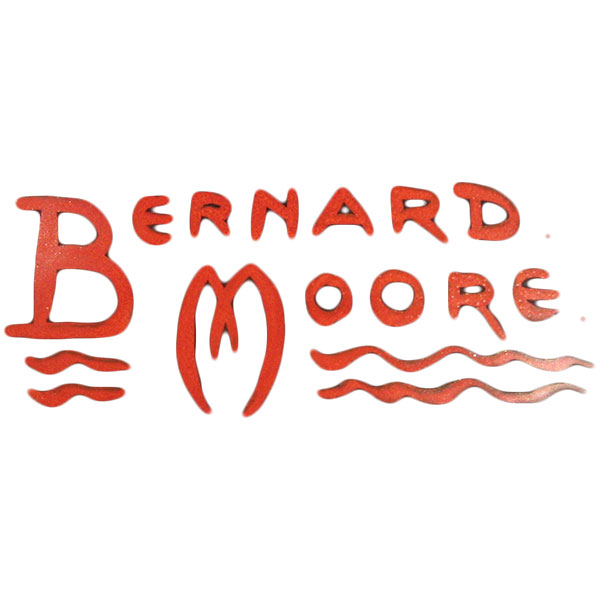
Bernard Moore Mark
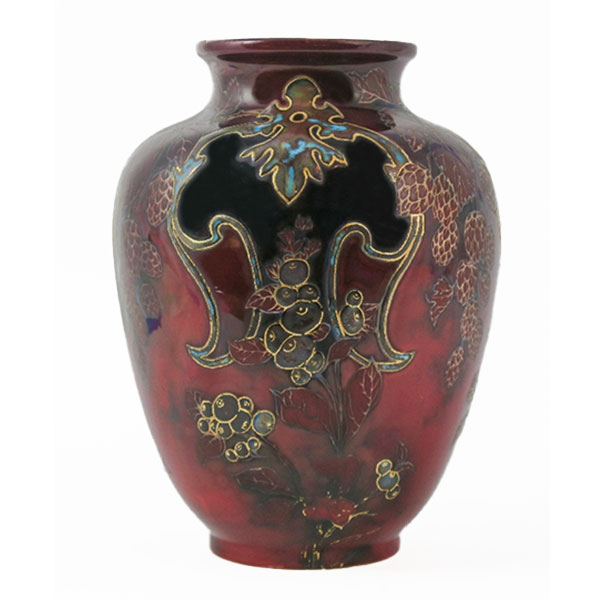
Bernard Moore Raised Gold Foliate
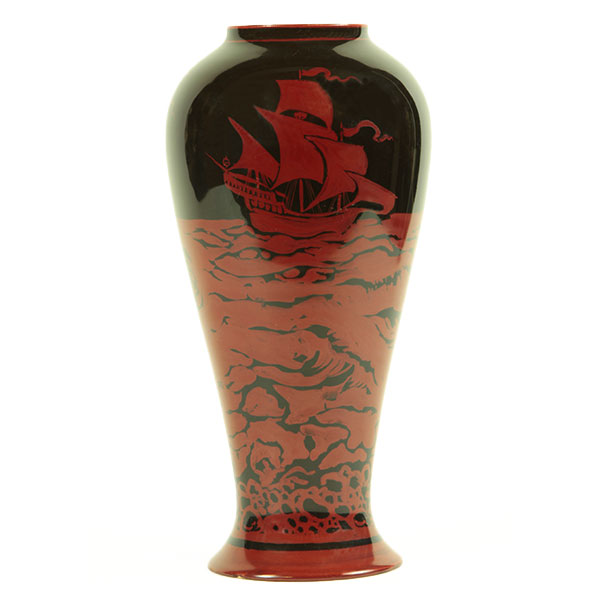
Bernard Moore Galleon
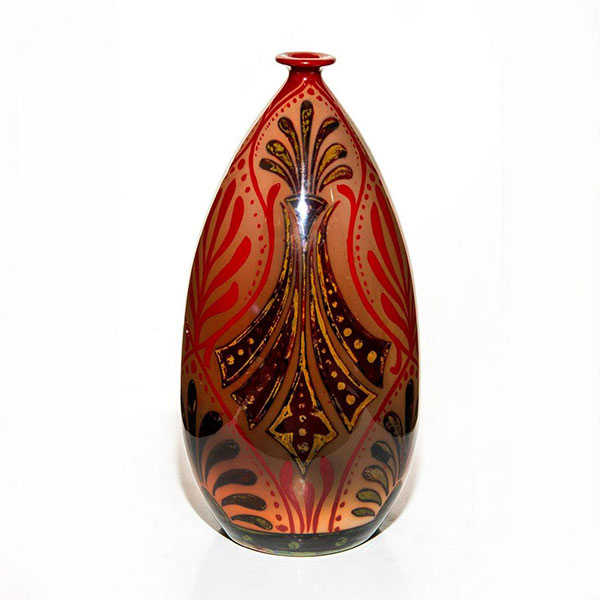
Bernard Moore Art Nouveau
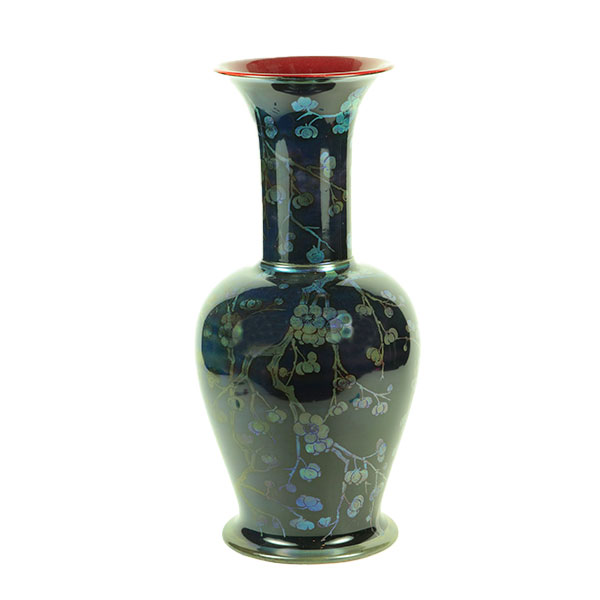
Bernard Moore Prunus
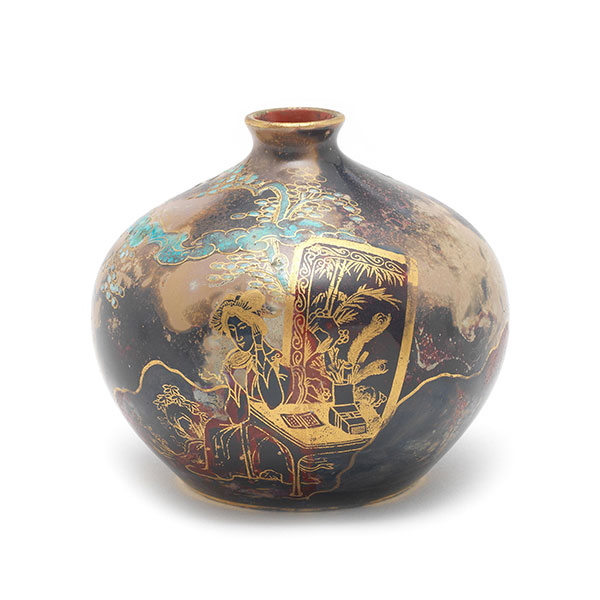
Bernard Moore Japanese Geisha
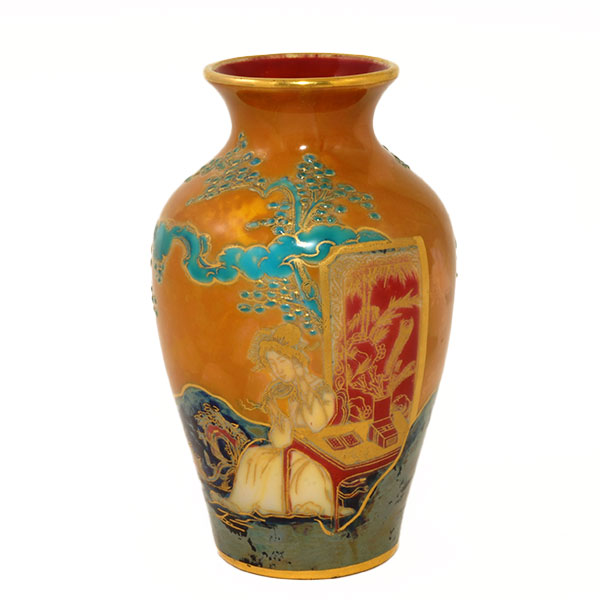
Bernard Moore Japanese Geisha
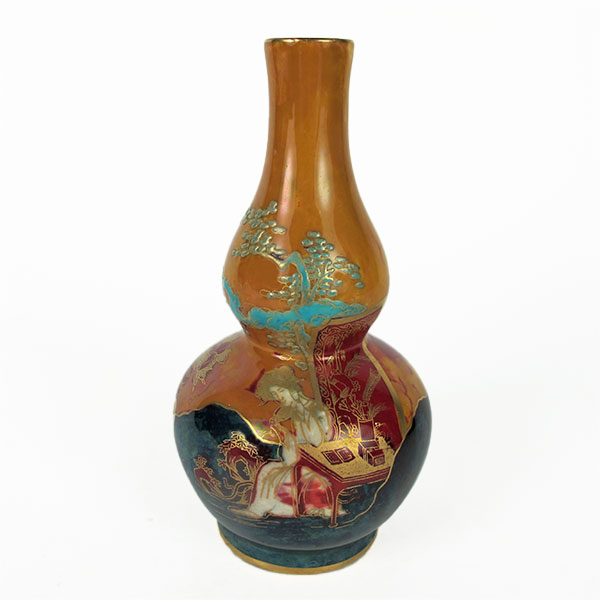
Bernard Moore Japanese Geisha
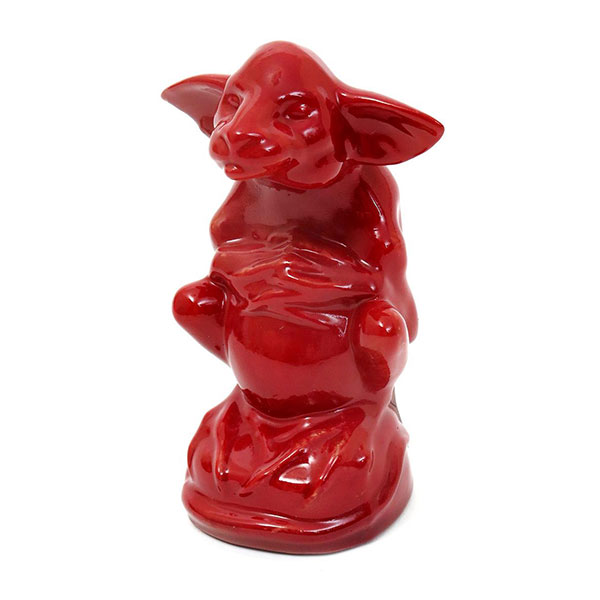
Bernard Moore Gazeka
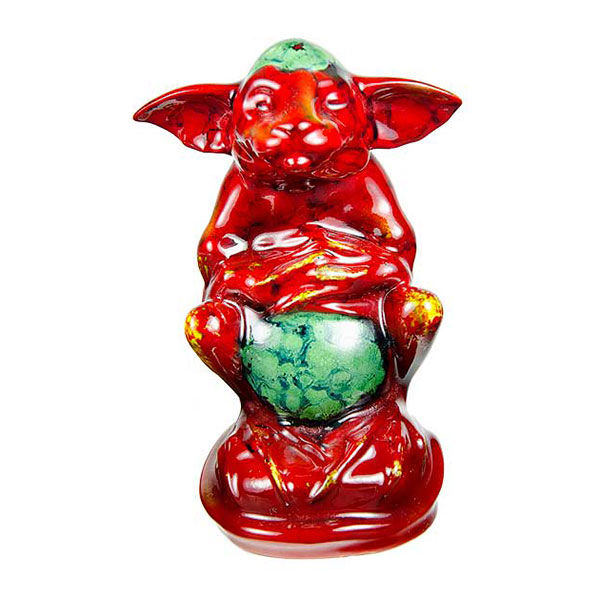
Bernard Moore Gazeka
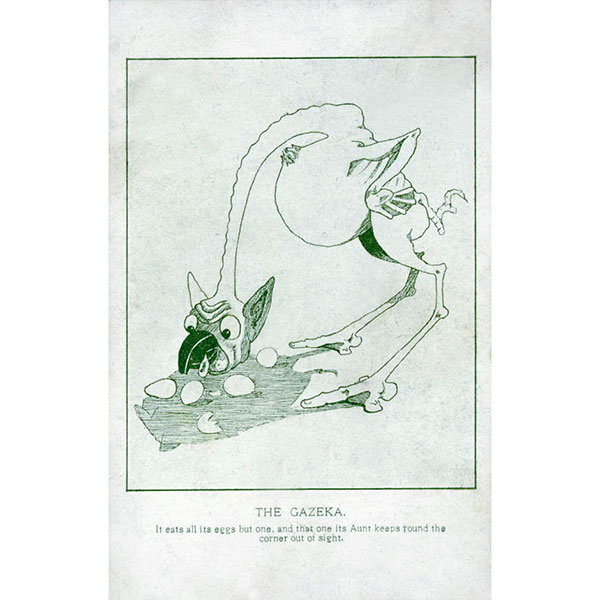
Gazeka Postcard
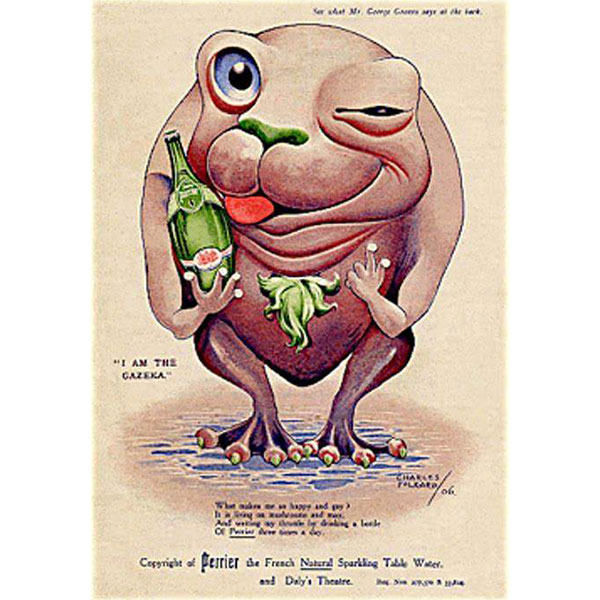
Gazeka Charles Folkard
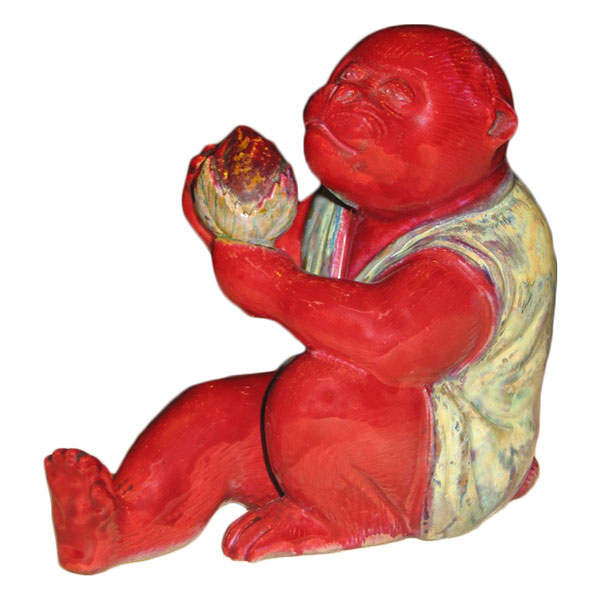
Bernard Moore Ape
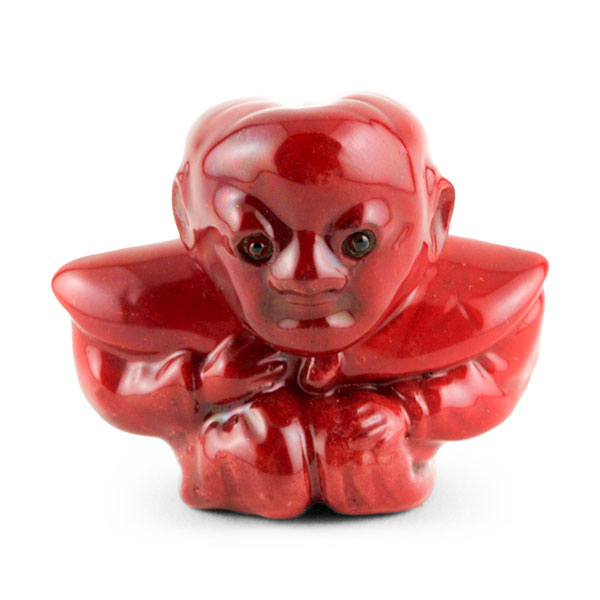
Bernard Moore Diakokan
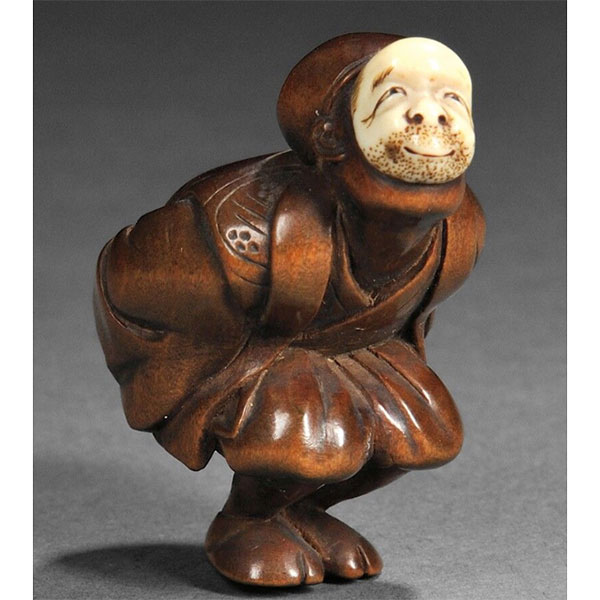
Noh Actor Netsuke
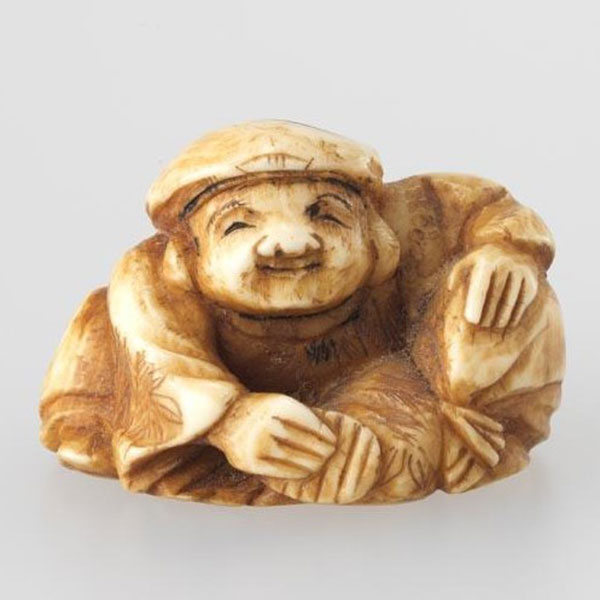
Daikoku Netsuke
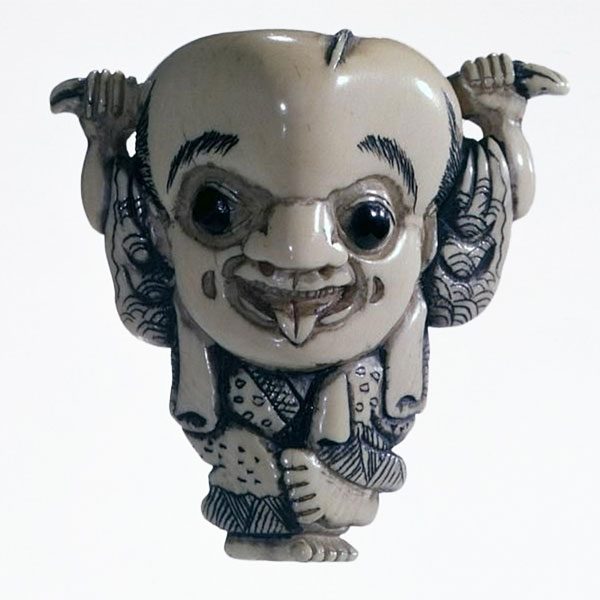
Japanese Netsuke
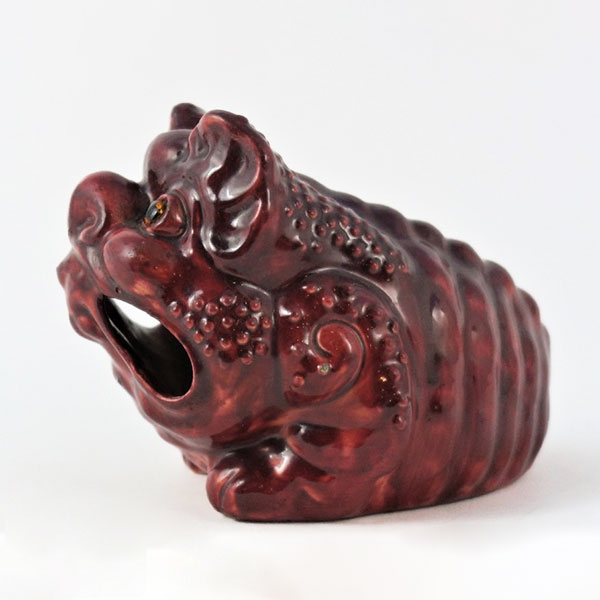
Bernard Moore Grotesque
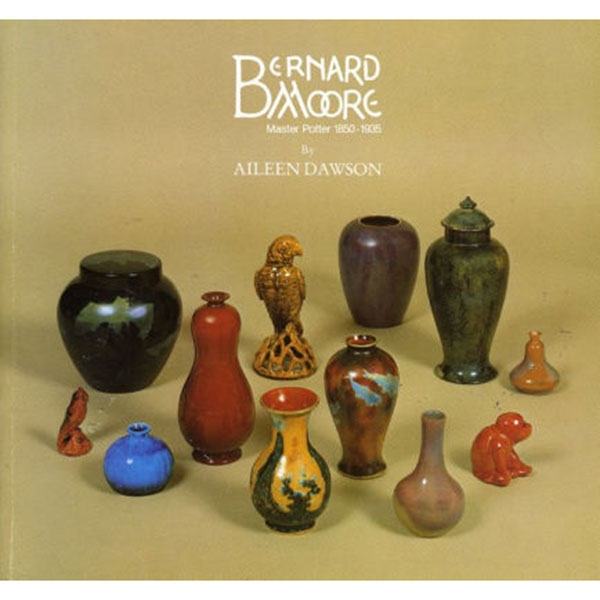
Bernard Moore’s Book
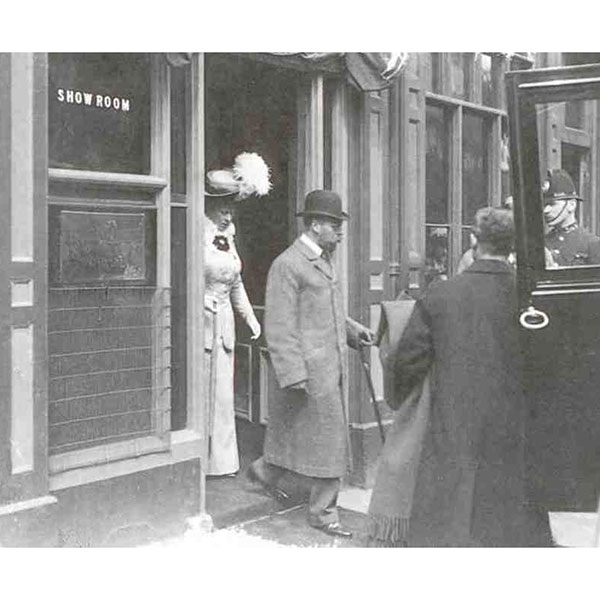
Royal Visit to Bernard Moore’s Showroom
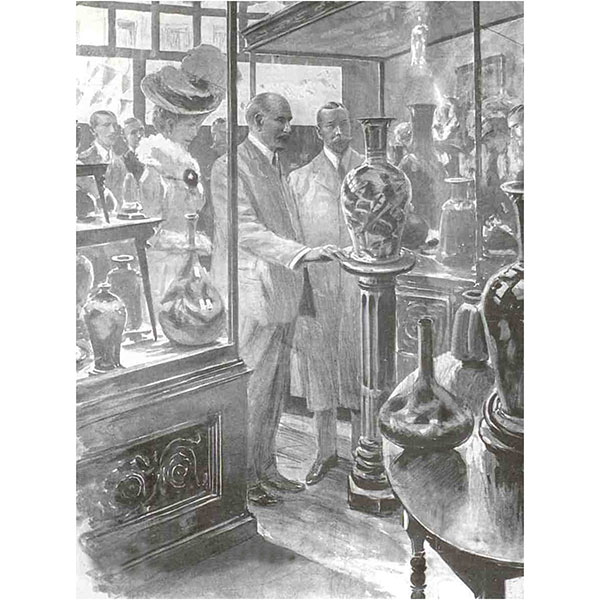
Royal Visit to Bernard Moore’s Showroom

Royal Visit to Bernard Moore’s Showroom

Royal Visit to Bernard Moore’s Showroom
